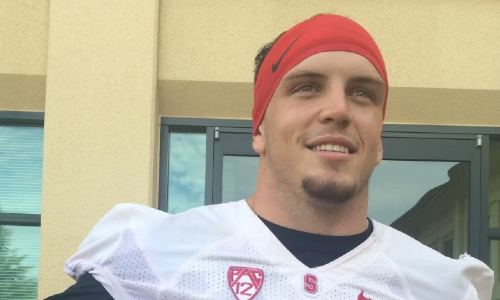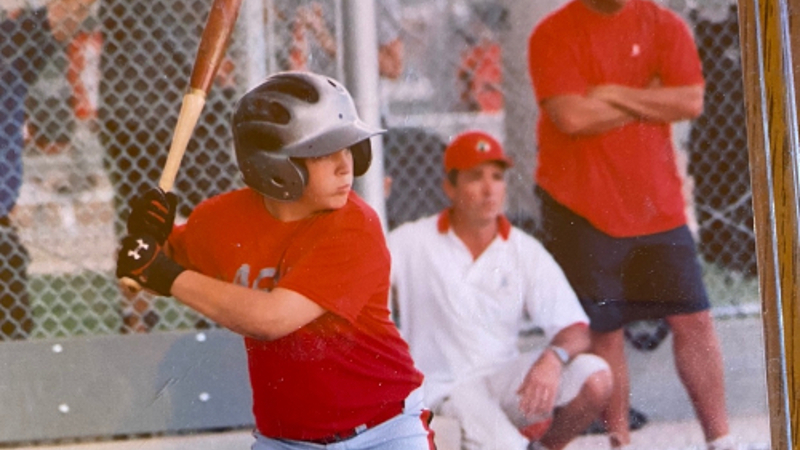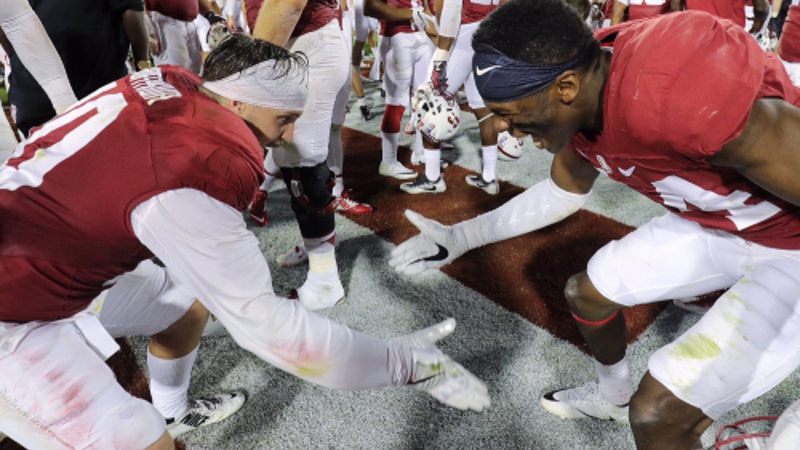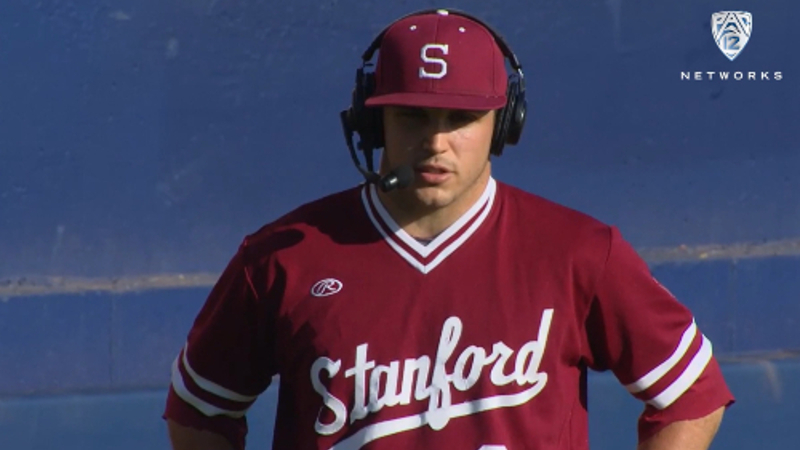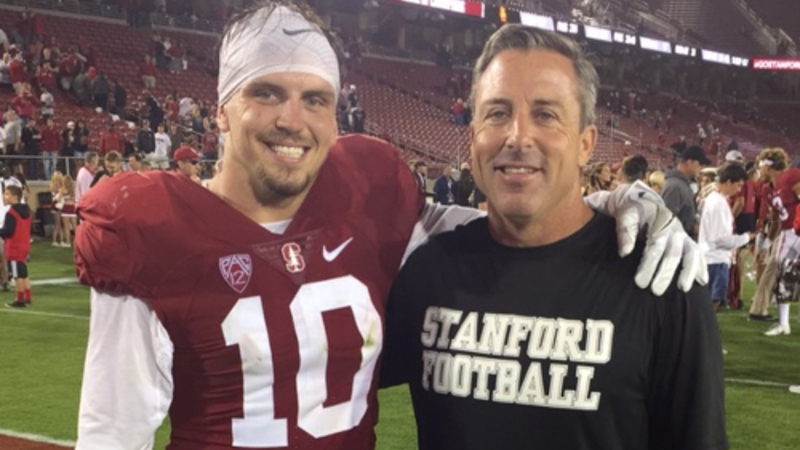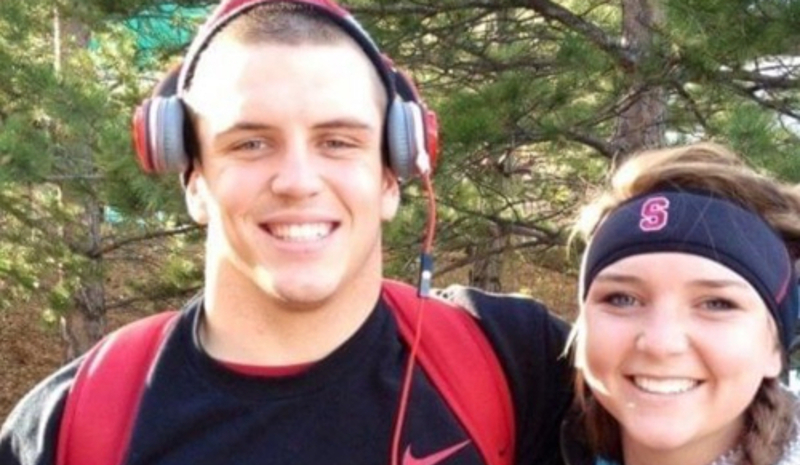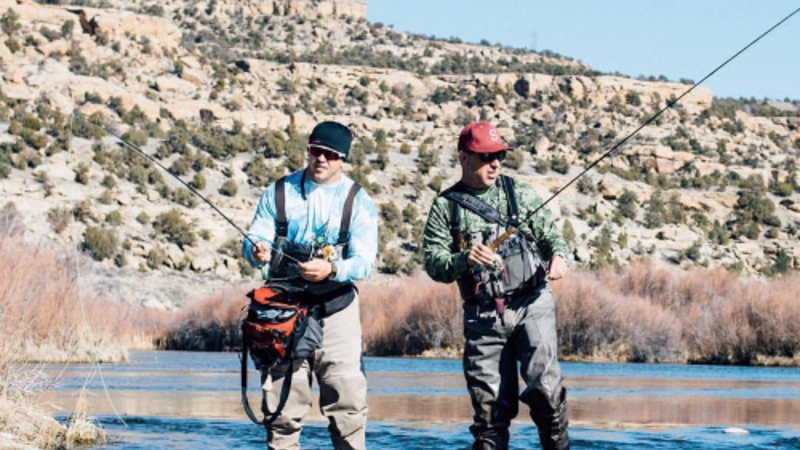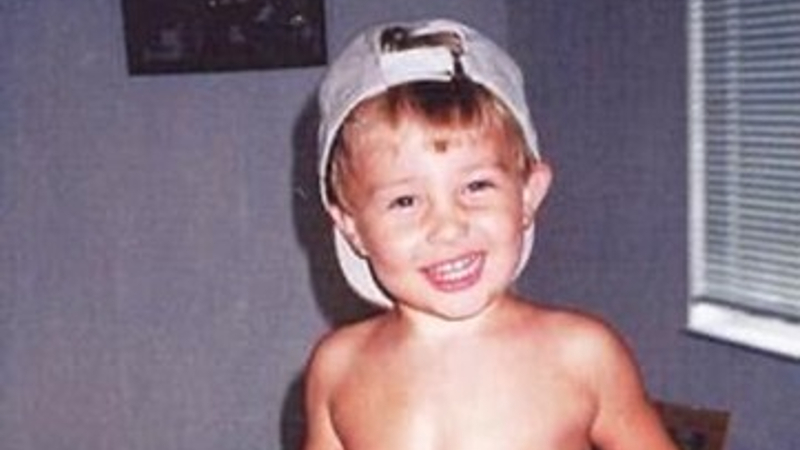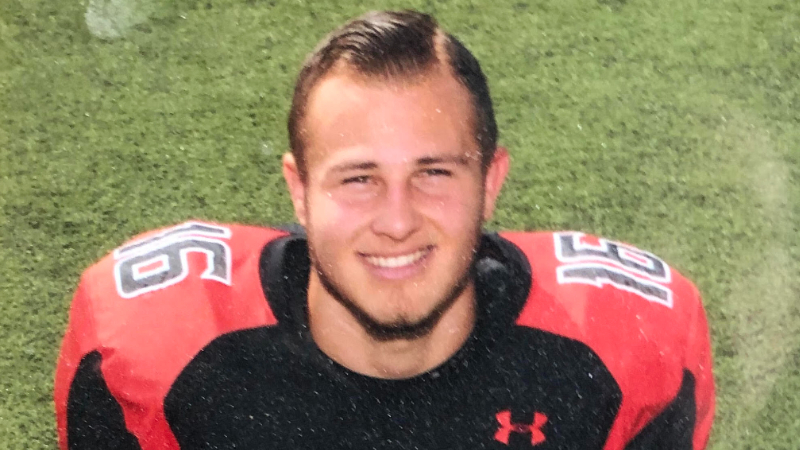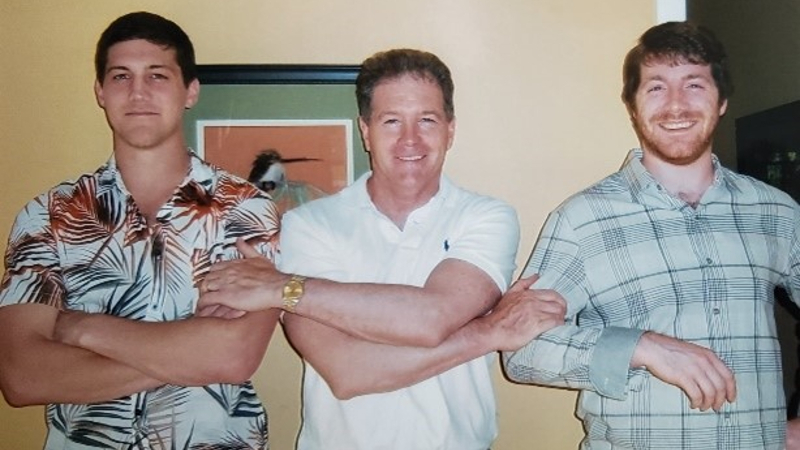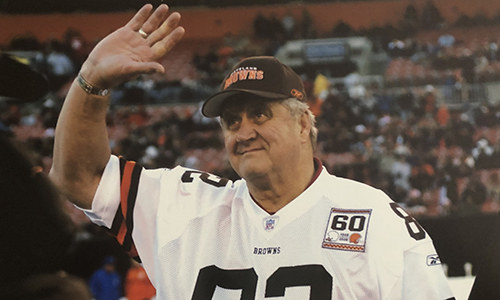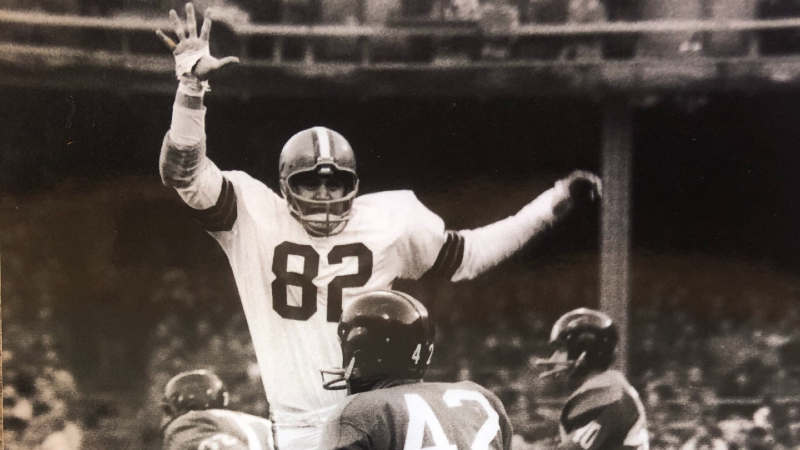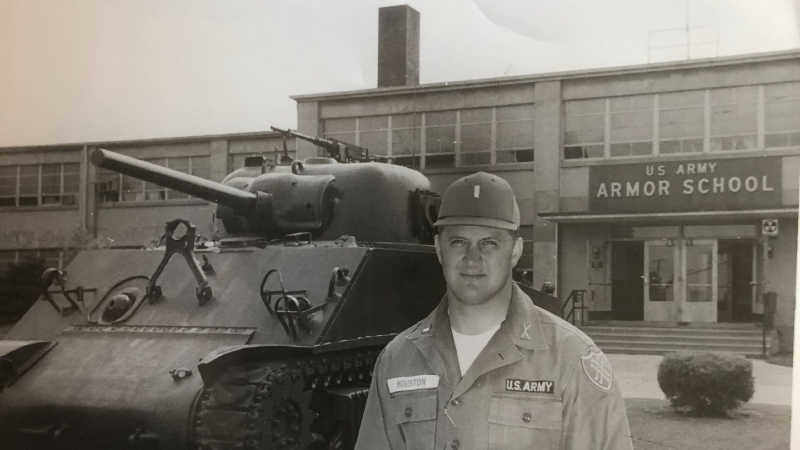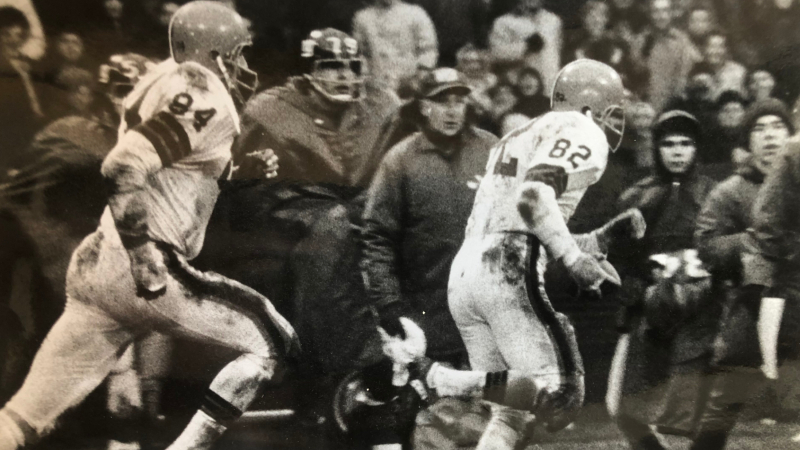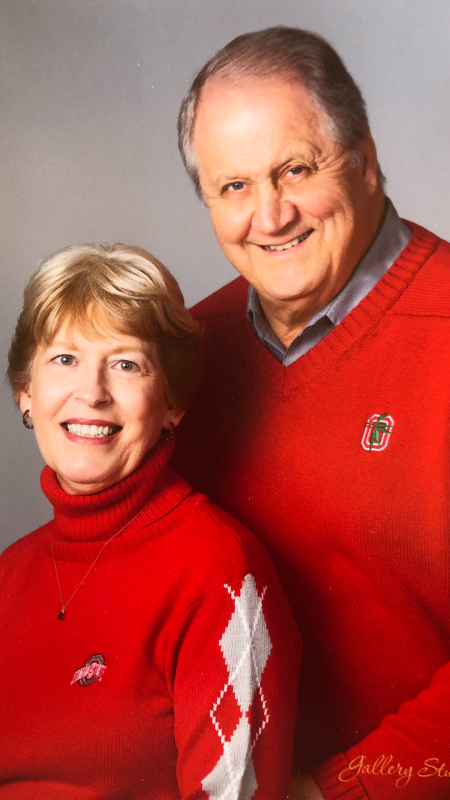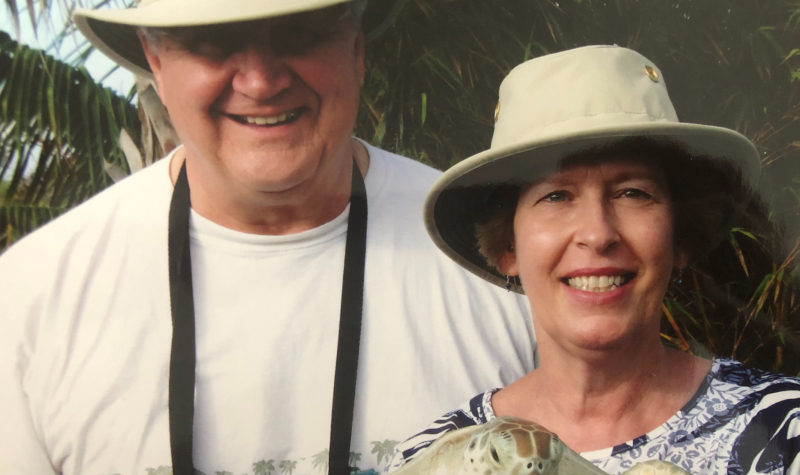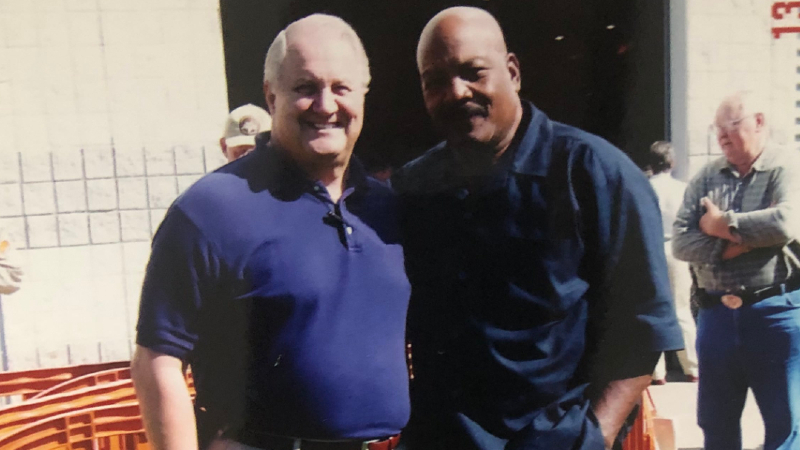Ryan’s life slipped away in the ER at Heart of Florida Hospital, Haines City, FL, on November 16, 2015. He died from massive head injuries resulting from a crash with a car in Haines City. He was visiting with his mother at the time of the accident. He was riding down the wrong way on the road into traffic on his bicycle and struck by an automobile, according to the only witness, the driver of the car that killed him. It was a tragic end to a long story of the havoc that Chronic Traumatic Encephalopathy (CTE) causes its victims and those closest to them. Ryan had struggled for nearly twenty years with the effects of this disease, CTE, a fact which could not be substantiated at the time to either himself, physicians, friends and family. CTE cannot be definitively assessed until a post mortem procedural autopsy is performed on the brain. Ryan’s brain was donated by his family posthumously because they felt it was what Ryan would have wanted: them to know the answers. Also, they felt he would want it for others who might have CTE. Hopefully, research will provide a cure and remedy for those who suffer from CTE, but currently that is not the reality. It wasn’t for Ryan. He could not get an accurate diagnosis for the symptoms that he suffered for years, going into stage II-III CTE, or a treatment program that was effective. To date there is no treatment available. The full extent of its effects are still not conclusively known, in entirety, but it seems that its victims have a common thread of a downward spiral of debilitating symptoms, depression and often suicidal consequences.

As a child, Ryan was always larger, stronger and more physically active. He was an outside kind of kid, either riding his bicycles, flying by on his skateboards, surf boarding when he was older. He like to ski and to swim, and he always had friends. For Ryan, outside of sports, friends were among the most important things in his life. He always had a lot of them. Ryan was very social and outgoing. Ryan was a happy child and a well-adjusted adolescent. He had no issues with negative behaviors, kept up a high grade point average in school, was highly regarded by his teachers and coaches, and was very organized in his personal habits. He kept to a schedule, and followed the rules in the home.
Ryan was heavily recruited by Division I schools his senior year in high school. When he decided on UNC and went off to college it was his dream come true, to be a Division I player and to get a scholarship to a great college. He accomplished that dream and the family was all proud and excited for him. It was a great time of his life, as he seemed to be on top of the world. He stayed on as a starter on the football team at UNC five years. He loved the school and he was well liked and highly regarded by his coaches and teammates. His senior year he was nominated MVP. He played left tackle and was a strong contributor to the successes of the team while at UNC. Ryan played in several bowl games and showed that he was a player with great heart. There are no school records showing that Ryan was diagnosed with a concussion during college or high school for that matter, no incidents of his exhibiting outwardly the symptoms of concussion. But it is now known that it isn’t necessarily the concussions that produce symptoms that contribute to CTE, but the continual head banging and shock to the brain that is the cause of CTE, one of the reasons why it’s not possible to assess the consequences so easily. It’s the repetitive jarring of the brain as it hits the skull during contact sports, and Ryan’s position was a head banger position, being a left tackle and in the snap, colliding with equally big and strong defensive linemen head to head. The family attending the games and the coaches and players had no real way perhaps to measure the damages being done, so little was widely known of this silent disease or its consequences until recently. The other factor is that not all players get CTE as a result of playing contact sports. The answer to this tragedy lies in the research now being done to both prevent and hopefully find relief and a cure for the disease. And then for the football programs to extend help to its victims, like Ryan, who often become debilitated to the point of not being able to provide for themselves necessary medical care or in some cases to even be self-sufficient ultimately.

The changes in Ryan post UNC were dramatic and notably uncharacteristic when compared to the Ryan his family knew for the first twenty-two years of his life. Ryan started showing symptoms that something was going seriously wrong within a few weeks of leaving UNC. He was then living with his father, and his sister, Kira, became aware that he was having shocks to his head that woke him out of sleep, and he complained of dizziness and headaches. He lost weight and started having sleeping problems and symptoms not unlike PTS. He started having problems with staying organized, and his sister noticed that he kept everything in his room in plastic bags, lined up in neat piles rather than in the dressers in his room. He explained he had to see everything to remember where things were, and it eliminated frustration, searching through the drawers for them. He also often seemed to lose consciousness for brief periods, like small seizures. He would fall down and jump back up sometimes and explain that he had lost consciousness. He was sent to various doctors who could find nothing wrong with him. He would forget to close doors, leaving the house wide open, and in general seemed to forget details easily, lose his keys, wallet, phones, etc. His personality changed also. He was not the happy go lucky, upbeat person everyone knew Ryan to be throughout childhood, adolescents and his college years. He was clearly struggling and frustrated.

Ryan married and had a daughter after he came home. The marriage lasted until his daughter was around three or four years of age. He and his ex-wife remained friends over the years, and Ryan maintained a close contact with his daughter and his adopted son right up the end of his life. He truly loved his kids, and did what he could do to be a good father, but over the years his overwhelming problems took an enormous toll economically, physically and psychologically. He could not maintain adequate employment, and he survived living in various homes with friends and relatives, and uncharacteristic to those who he was prior to this, he had many brushes with law enforcement, mostly minor things, but enough to ruin his chances for gainful employment. He survived by working at construction jobs, roofing, day labor and other small jobs. The common consensus, however, of bosses and co-workers was that Ryan was one of the hardest workers they’d ever met. He lost many opportunities because of his disability. He was an accomplished welder and admitted to a prestigious welding school in a marine welding program in Jacksonville FL, but ultimately the life issues that plagued him from his injuries prohibited him from participating at the last minute, another of many in a long series of crushing disappointment in his attempts to better himself. He couldn’t seem to settle in life or find traction anywhere. His life was chaotic and left no quarter for raising children. He was adrift and towards the later years showing signs of depression, self-medicating, and increasing symptoms physically characteristic of CTE. He often had seizures that rendered him unconscious. He was depressed and manic, had trouble sleeping, and the misplacement and losing of objects grew worse. His family members tried to get him on disability but his case was repeatedly denied. He had issues keeping his driver license and had no ID on him at the time of his death. He could not maintain medical care for himself, jobless as he was and without any insurance. Had Ryan lived, going into stage III and then IV CTE, it is a surety that he would have gone into a full-blown dementia. His was a gradual downward spiral that caused dramatic changes in behavior, especially in the area of cognitive things, such as good judgement, memory, impulse control and anger management that is consistent with the autopsy at the BU CTE Center as to the severity and local of Ryan’s abnormal concentrations of proteins in the brain.

This is the terrible picture of what CTE can do to someone like Ryan Hoffman, an accomplished, big hearted boy who finds himself dwindling inexplicably after returning from the glory of his college years into a void of failures and disappointments. Often, he was misunderstood, perhaps the most difficult aspect, by people who judged the person and not the disease. Is there hope for people like Ryan? Let’s pray that there is and that this disease can be, as so many others have been, eradicated, understood and prevented for future generations. Let’s hope it will also be a wake-up call for parents, coaches, educators and the public who revere the sports but do not recognize the great risk and cost that often comes of them. Let’s hope that it in the future it won’t take a post mortem diagnosis to diagnose CTE so its victims may get the help they need from state agencies and the programs they come out of who they benefited by their sacrifices.
Ryan felt that there was something not right with his brain. He confided early on that he wanted his sister to make sure that his brain was donated in the event anything happened to him. Ryan offered to give the last thing he had, showing he was a generous soul who had an open hand to those who had needs around him when he had something to give. He will always be remembered and loved by those who knew him and he is greatly missed. Ryan’s star is rising on the horizon somewhere else now, and those who knew him are left with only the memories of his short life. Sadly, perhaps he did not realize this. Hopefully, he knows so now.
